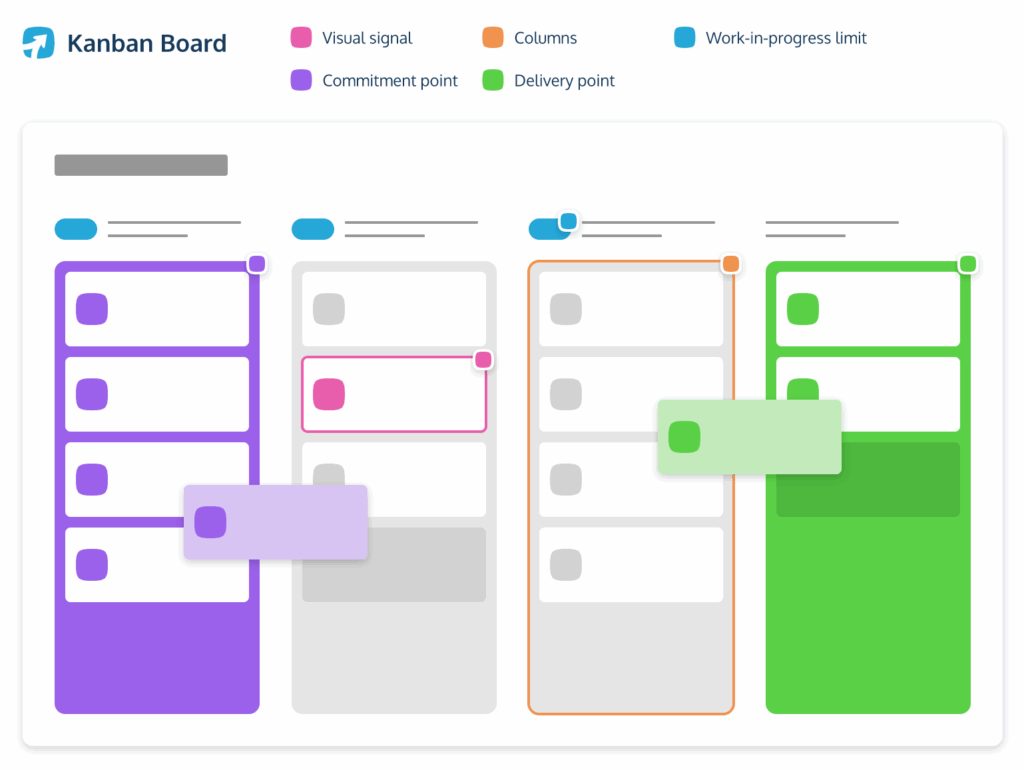Using the Agile Methodology to Create Transparency for Product Teams
“We need agile since we tend to wrongly estimate the time needed, engineers often get sidetracked into other features and the overall team needs more visibility on the tasks at hand. What is a good, free and simple tool to start with? I have used Excel in the past but the planning becomes manual.”
Upon reading the question above I can see that there’s quite a lot to address. This is a pain faced not just by startups, it also rears its head for larger organizations, too. The Agile methodology is perfect for creating transparency and keeping product teams aligned, but (as always) I’d like to break this question down into bits to get to the core issue.
Agile vs Agility
The first bit that caught my attention was the opening statement:“We need agile since we tend to wrongly estimate the time needed…”
Using the Agile methodology is not the same thing as being agile.
When it comes to estimations and timelines, the Agile methodology won’t help you work any faster, or allow you to estimate better timelines. If anything, timelines are against the very core of what Agile stands for. Agile is about this continuous loop of learning and iteration, and setting due dates goes against that flow.
I’d recommend looking at an Agile framework that allows for better estimations for work. This isn’t about time, but rather understanding the capacity your team has to work on things in a given sprint. The types of frameworks you could adopt are Scrum, Kanban, or the hybrid Scrumban.

Setting Direction and Creating Transparency for Your Product Teams
Agile methodology is great for moving things along, and coupled with a framework that will allow you to understand the capacity of work and setting a structure will certainly help you. However, this is all focused on the output (delivery) process.
If what you want is to make sure that your team knows what they’re working on without getting sidetracked on random features, as well as create overall transparency for your team, you need to also set an outcome (strategy) process. In other words, you’re helping your team understand what the current focus is.
This will include:
- What you are doing
- Why you are doing those things
- What objectives you’re looking to impact and achieve by working on those items
- How you will measure success
- What are the benefits of working on those items
- Who benefits from you working on those items
These are all things a product manager takes care of, and a project tool won’t help you out with that. This is why product tools exist. Our product management tool, ProdPad, will help you manage strategy (outcomes) while a project tool helps you manage execution (output).
Once you’ve established your strategy process, then you can focus on the execution process. These are the two sides of product development – first you understand what and why you are working on things, then you execute on those things.
Using tools that support Agile methodology
The reason Excel isn’t a solution is because spreadsheets aren’t really meant to manage this type of work. I’d recommend looking at two separate tools: a product management tool like ProdPad integrated with an execution tool, such as Trello or JIRA. This will enable you to establish the process separately and join them together as needed. As a product person you’re then able to focus on the problem space, while your team has a space to focus on the execution space.
A product manager who is looking to successfully incorporate this methodology into their product and software development teams should book a personal demo with one of our product experts. They’ll show how ProdPad supports the Agile frameworks to provide more transparency… and much fewer spreadsheets.
Sign up to our monthly newsletter, The Outcome.
You’ll get all our exclusive tips, tricks and handy resources sent straight to your inbox.